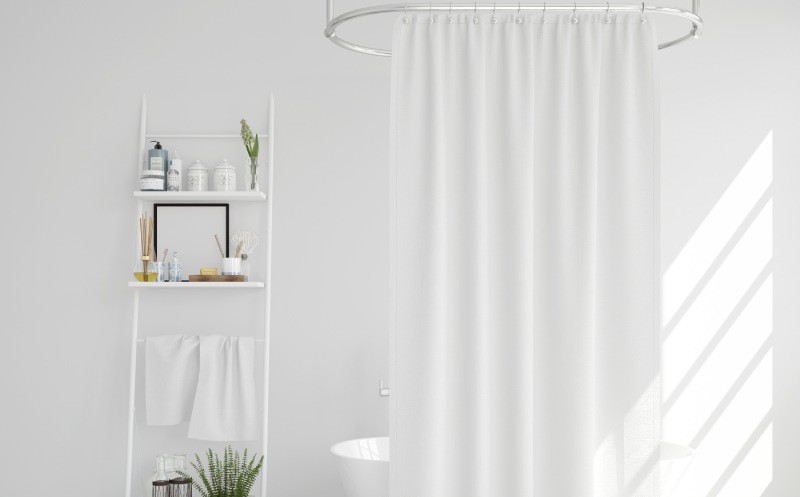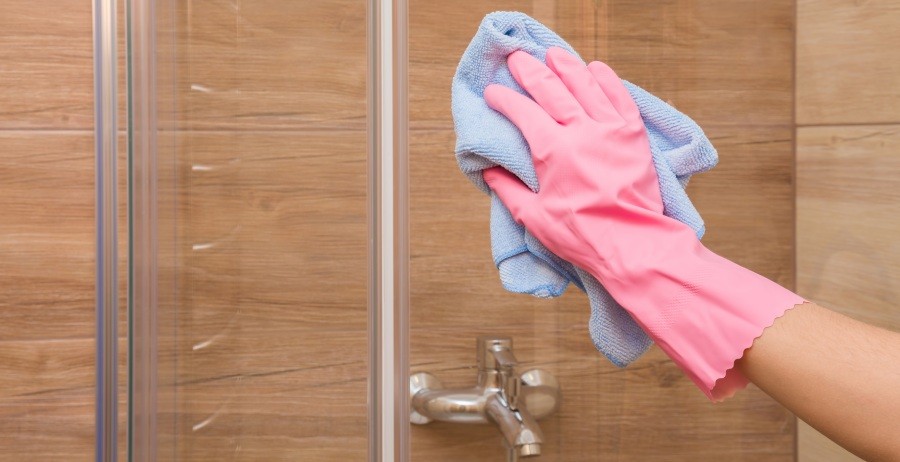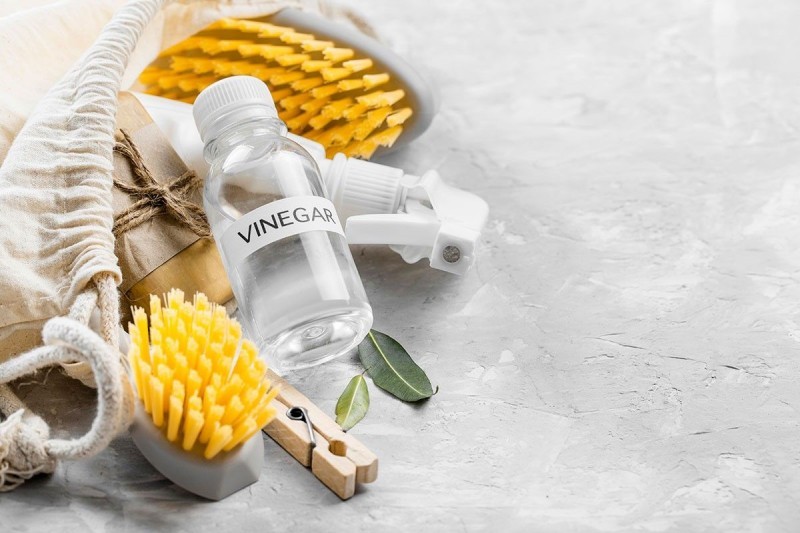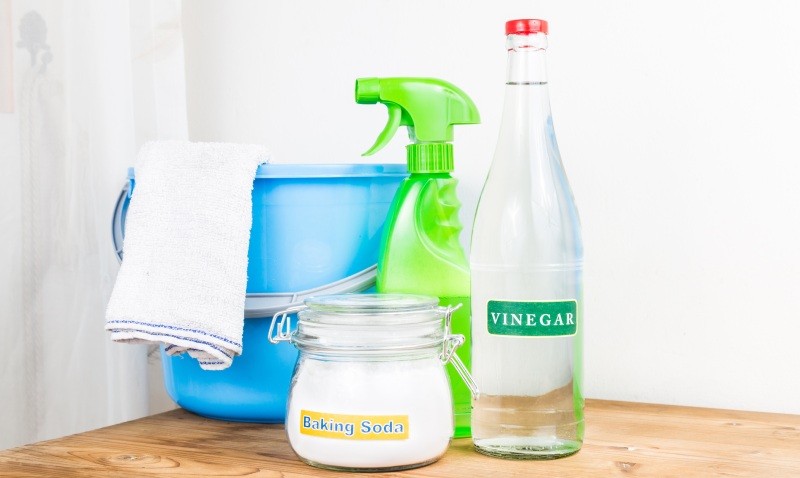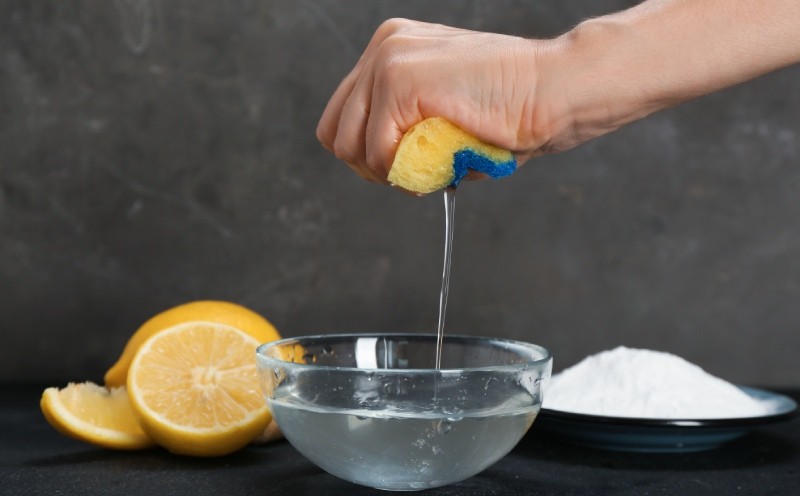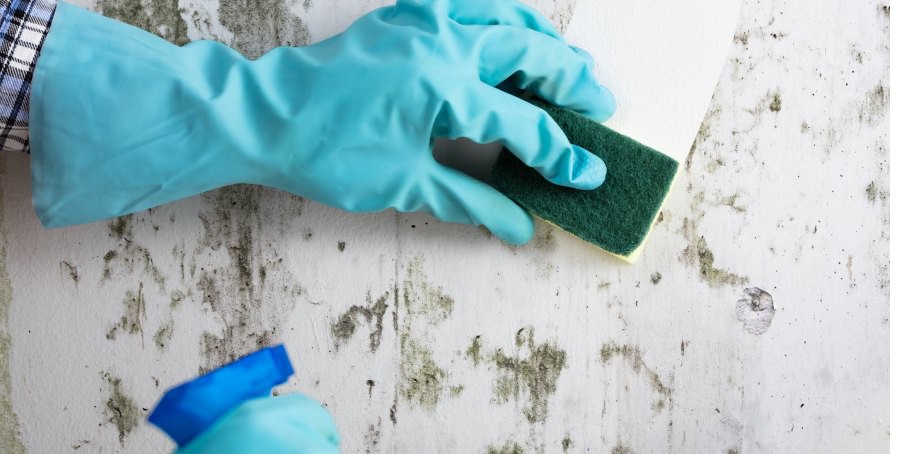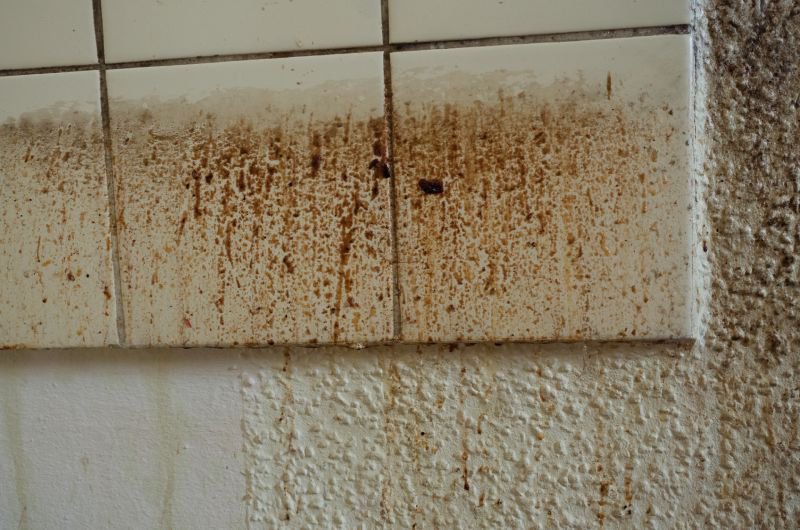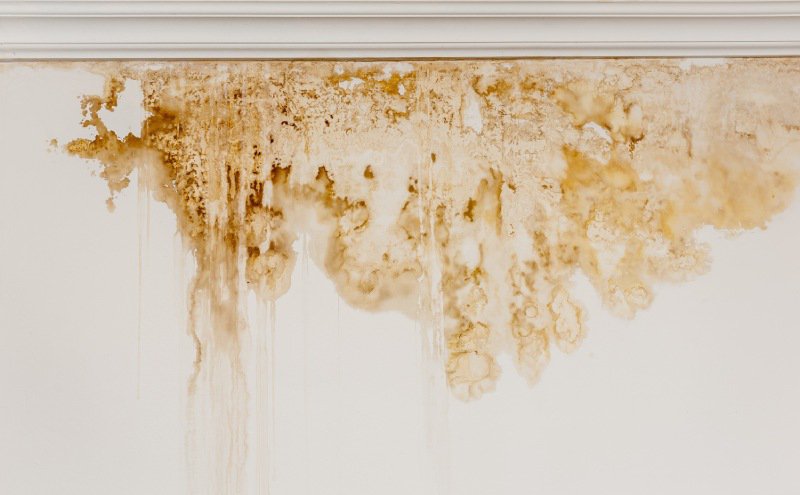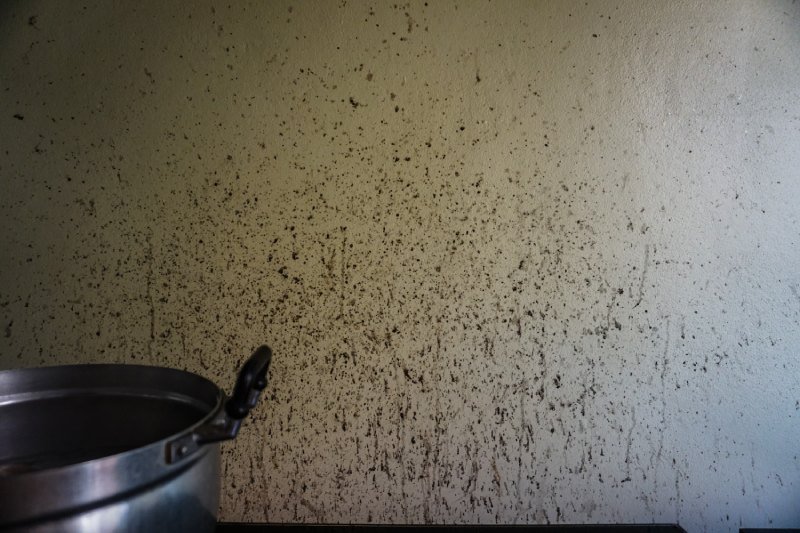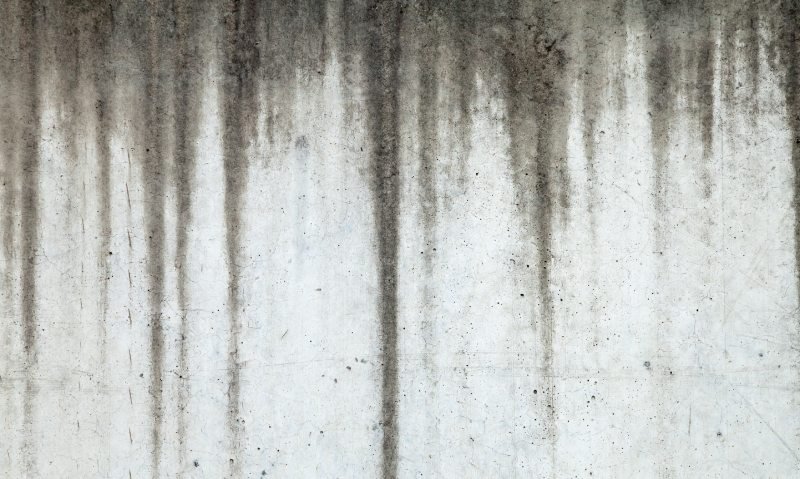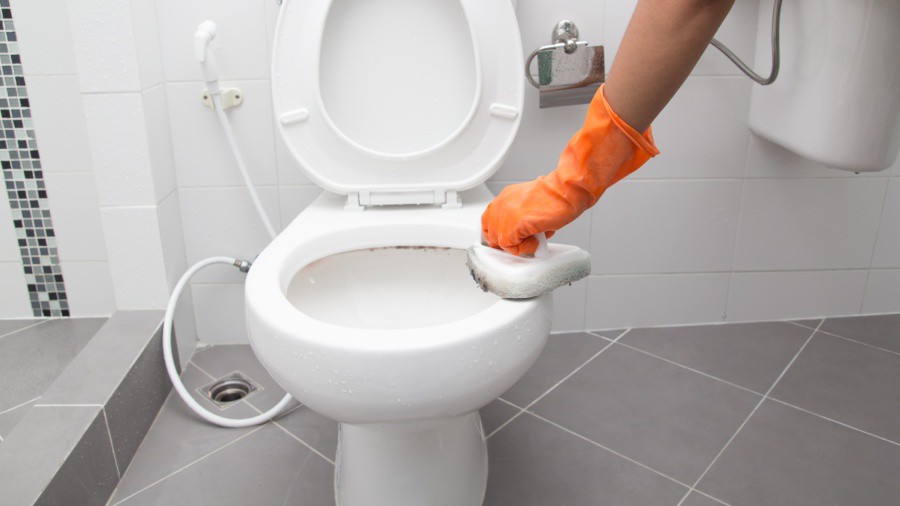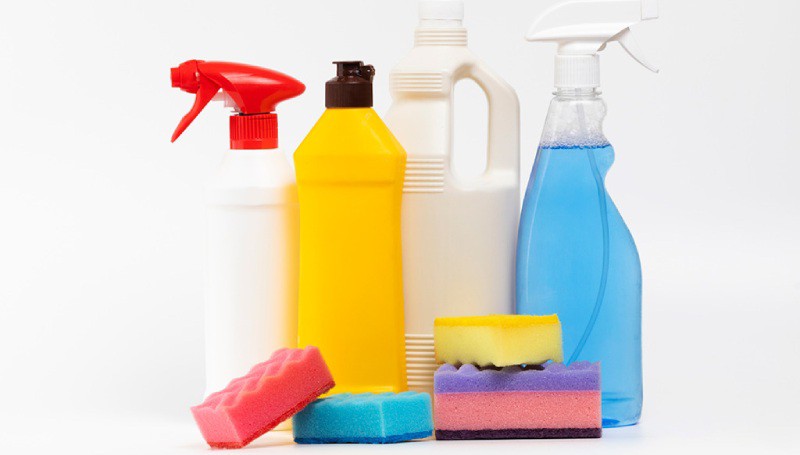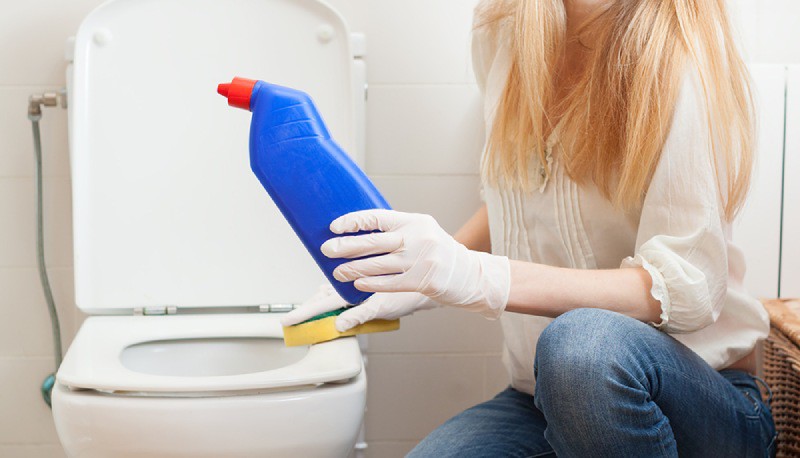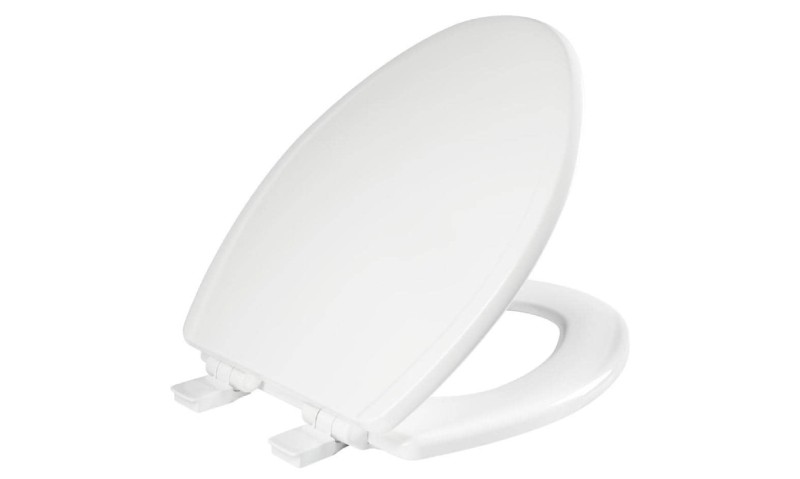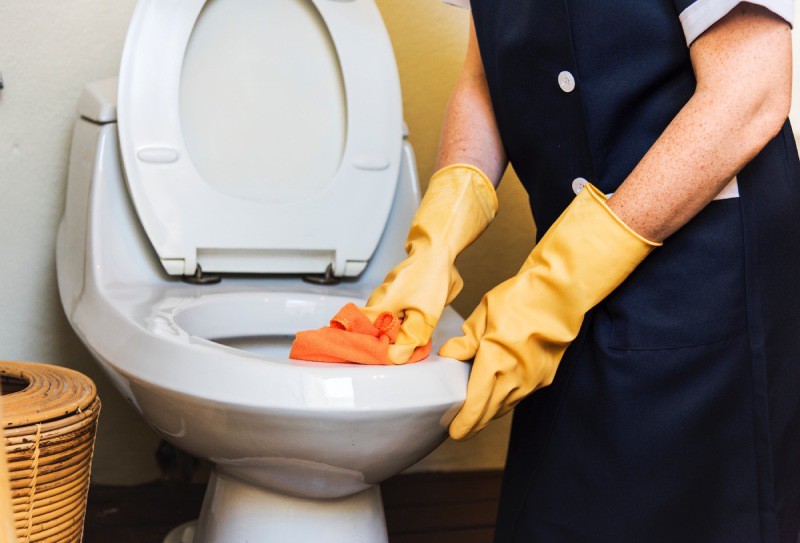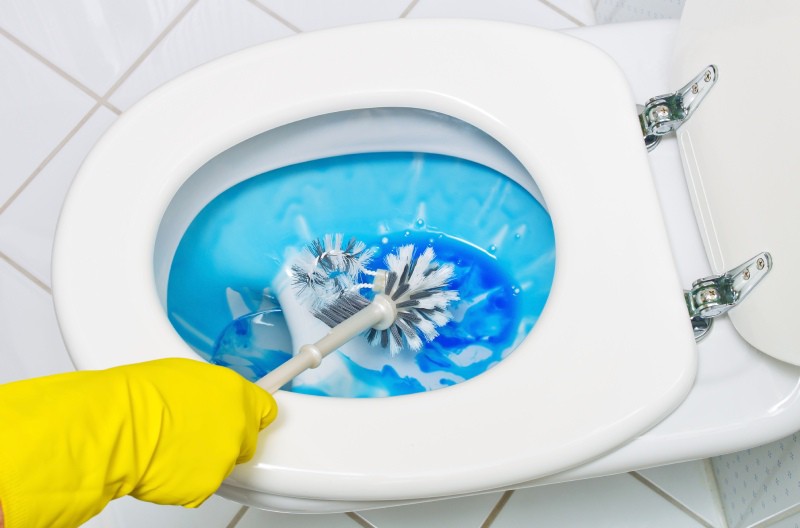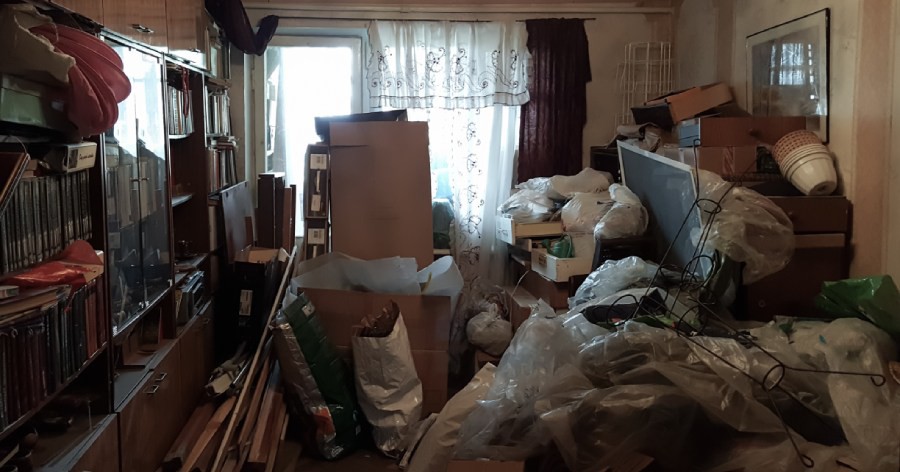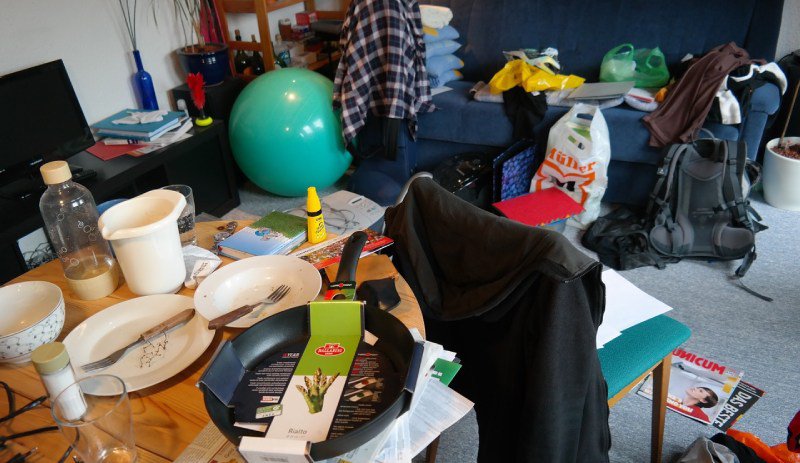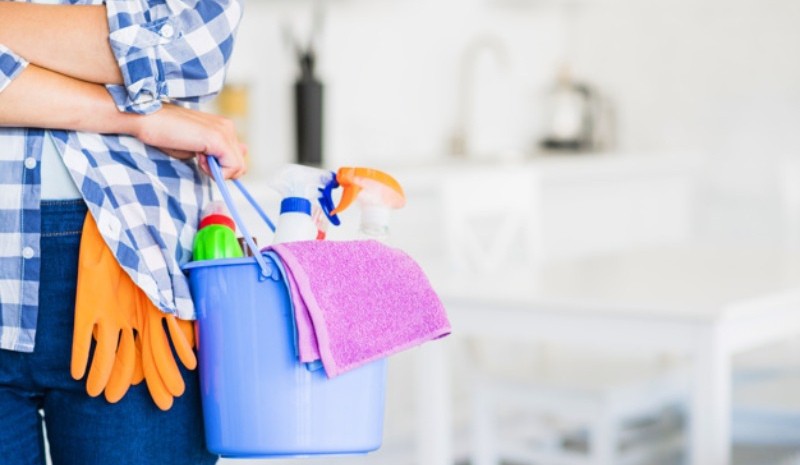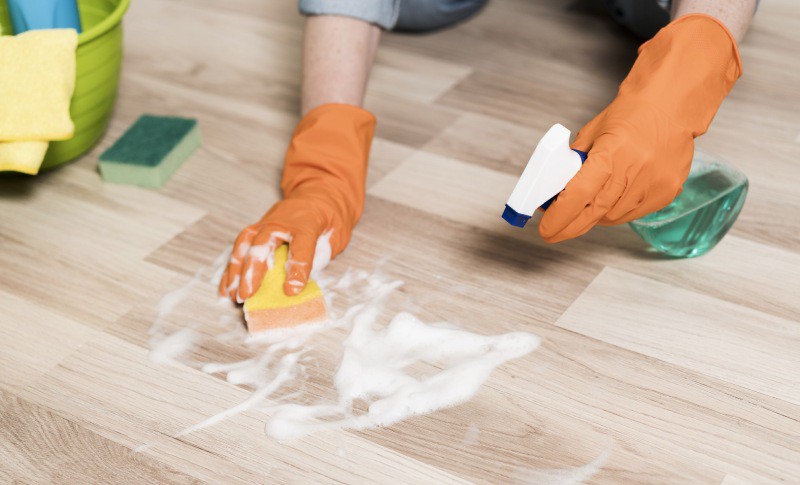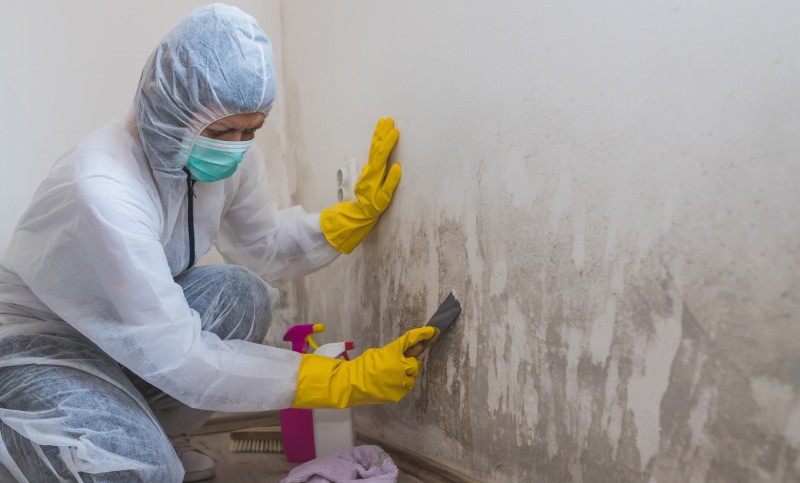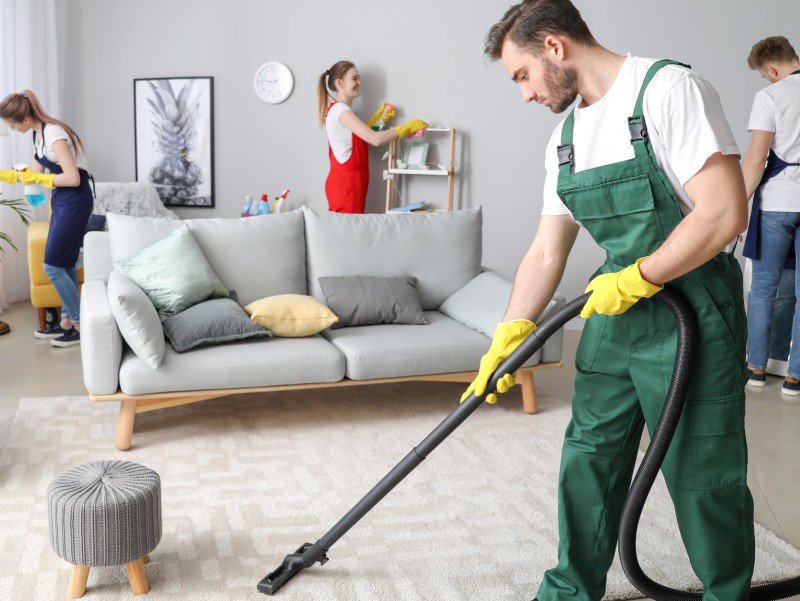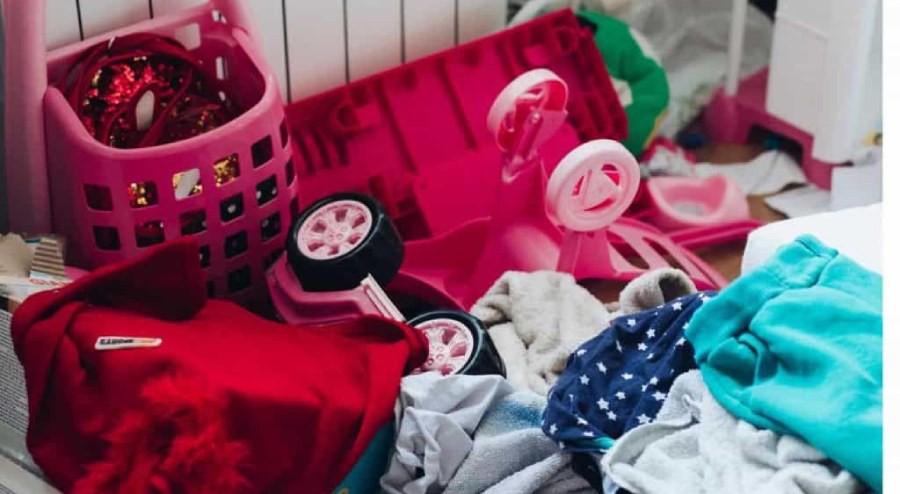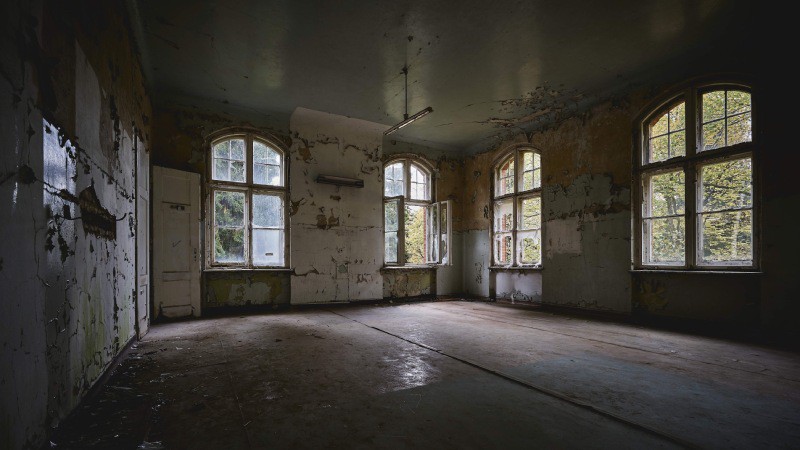One of the sturdiest floor types
If you have an older home or live in an older building in general, chances are you have linoleum flooring. Many new homeowners who discover the flooring type to be linoleum tend to scrounge for ways to adopt new flooring plans whether it’s removing the linoleum or putting fake store-bought flooring.
However, many fail to disregard the value that linoleum flooring can have as one of the sturdiest floor types there are. Linoleum flooring can generally last up to 40 years if taken care of properly. It can also be easy to maintain, as the pigments or coloring of the linoleum is not just on the surface but within the thickness of the material.
This makes it easy to cover up any scratches or slight damages made to the linoleum whereas other flooring materials like tiles, vinyl, and laminate plans cannot be covered as easily. For those who are looking for an eco-friendlier flooring plan, linoleum is the perfect biodegradable and renewable material to have for your interiors.
Having all of these benefits, you may be wondering how to deep clean linoleum floors? You’ll be surprised at how easy it can be once you learn the right strategy, methods, and cleaning solutions to use for this specific flooring material.
Cleaning linoleum in itself is not very taxing and can be cleaned daily by sweeping or mopping. Although this is the case, some homeowners delay the cleaning process due to the overwhelming nature of cleaning a new type of flooring material like linoleum. This will eventually lead to an accumulation of dust and dirt that could in turn make the process more difficult.
This is where deep-cleaning comes in handy, a more in-depth cleansing process that will serve to rid your home of all bacteria, dust mites, and other unsanitary particles. Before you go and call a home cleaning company to spend your money, follow our simple guide to deep clean linoleum floors!
Gather The Materials
What products should be used to clean linoleum floors?
Before jumping straight to cleaning with just any regular cleaning product, remember that there are household products right in your kitchen cabinet that can help with cleaning that won’t leave your home smelling like chemicals. Here are some products you will need for some of the cleaning strategies we will suggest:
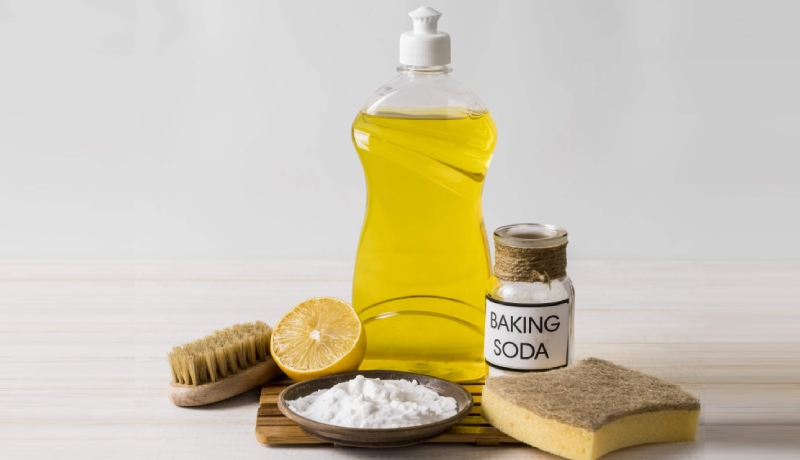
- Dish soap
- Vinegar
- Baking Soda
- Castile soap
- Vacuum
- Soft-bristled brush
- Bucket
- Old towels
- Borax
- Linoleum floor cleaner
These products will make a world of a difference to decades-old linoleum flooring. Guests will marvel at the appearance of your floor plan when they see the spotless shine to it after it’s deeply cleansed.
The differences will be day and night as deep cleaning will not only serve as sanitization but also maintenance that will improve the durability of linoleum. Although chemical products pack a punch, we often recommend more neutral products like vinegar and baking soda as they will lessen the chances of allergies or burning your eyes.
Vinegar and Baking Soda
How do vinegar and baking soda work to deep clean linoleum floors?
Before you get down to scrubbing, you’ll need to clear out the debris and loose dirt on the floor. For this part, you will need to vacuum. You can also sweep the floors; however, we believe the best way to get all of the debris is to vacuum so that you get even the smallest dust particle or bacteria.
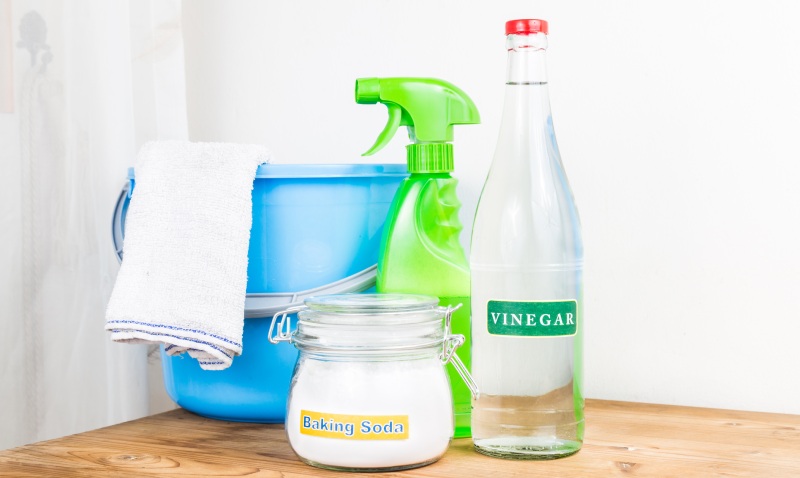
Once you have vacuumed the surface entirely, it’s time to get down to business! First up, we have the powerhouse combination of vinegar and baking soda. This solution is guaranteed to break down any bacteria, dirt, grime, or dust mites in the surrounding area. The following are steps needed to use this solution effectively:
- Combine – you will start by combining 1-2/3 cups of baking soda, two tablespoons of vinegar, and half a cup of water. Mix the solutions well so that there are no lumps.
- Spray bottle – Add the solution to an empty spray bottle, make sure that the spray bottle is empty so that it doesn’t mix with any other liquid.
- Distribution – Spray each area of the floor, separate it into sections for easier distribution. Make sure to leave the solution on for approximately five minutes so the dirt can dissolve easily.
- Mop – After waiting five minutes, take a damp mop and dip it into warm water, use this to go over the area. Make sure to go over any small corners and crevices as these particular areas are riddled with dust or bacteria.
After this, you will wait ten more minutes before stepping foot on the tile so that it has time to air dry. If there is any remaining odor from the vinegar it will disappear after an hour.
Dish Soap and water
Can dish soap and water properly sanitize linoleum floors?
So, you’re thinking about giving your linoleum floor a deep cleansing and so you end up doing research, looking for a linoleum floor cleaner. Not only do most chemical-based cleaners cost a fortune, but some tend to be less than effective. Meanwhile, there is a method that will cost you less than three dollars.
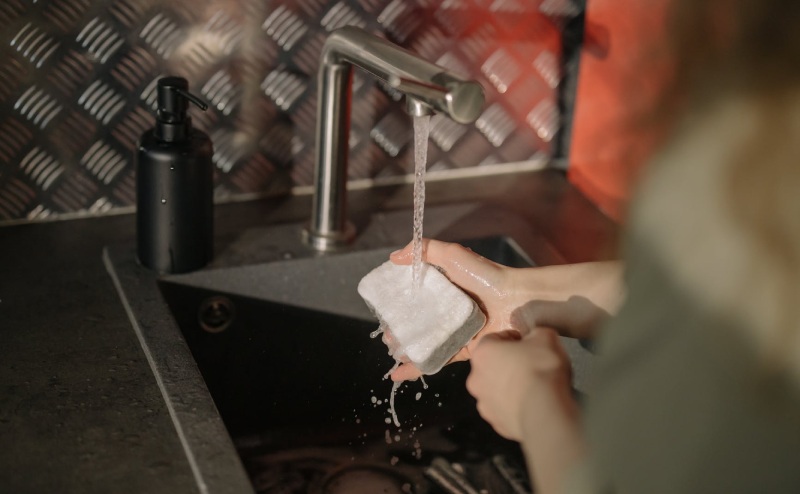
For this method, you will only need dish soap, water, and a bucket. Although many regard dish soap as being less potent than other cleaners, any experienced cleaning professional will tell you otherwise. The following are the steps for the application process:
- Mix – First, you will add 4-6 drops of soap into an empty bucket, then you’ll fill the bucket with warm water. You can use one or one and a half gallons of water.
- Mop – Dip a mop into the bucket, mix the solution with the mop until there are suds. Wring the mop so that there is no excess water so that the floor isn’t soaked.
- Lather – When mopping, we suggest working at the corners and crevices first, then slowly working your way back so that you don’t step on an area that has already been mopped.
- Clean water – Go over the floor with clean water, make sure the mop has no residue from the solution so that it only distributes the water. Use the same path you took the first time so you don’t accidentally leave footprints on the floor.
- Air dry – After the solution has been completely rinsed off, allow the linoleum floor to air dry completely.
This method is the easiest one as you don’t need to use several products but just plain old dish soap to wash away all of the bacteria and dirt stuck to your floors. You can also spot clean with a sponge if there is a persistent stain or dirt streak on the surfaces.
Vinegar, Baking Soda, and Dish soap
What is a combination that is sure to work for deep cleaning linoleum flooring?
Arguably the best linoleum floor cleaner combination is when you mix vinegar, baking soda, and dish soap. This solution packs a punch that will not only sanitize your floor thoroughly but leave zero dirt or grime residue behind.
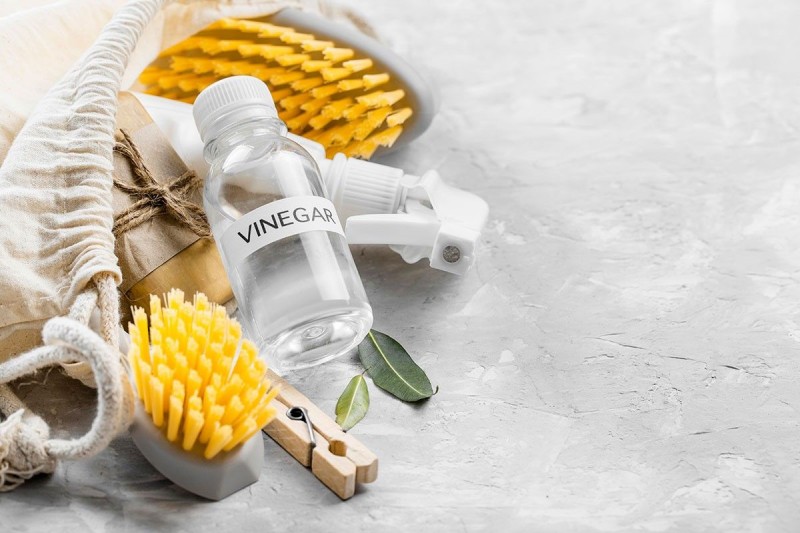
First, you will need to make sure that the floor is vacuumed or swept. Remember that leaving any loose dirt or debris on the floor before mopping with a cleaning solution will ensure even more dirt streaks than before, that is why it is necessary to clear out these microscopic dirt particles beforehand.
The following strategy is how you should combine and distribute this solution so that it will be most effective:
- Layout – Layout the baking soda by sprinkling it on the floor, make sure to get the corners and crevices.
- Combine – Start by combining one gallon of hot water, one cup of vinegar, and a few drops of dish soap.
- Mop – Fill a bucket with hot water and use a mop to clean the floor with the mixture. If there is any persistent or stubborn dirt, use a scrub brush to clean those areas thoroughly.
- Clean – After you have mopped the floor with the mixture it is time to mop once again but with clean water to remove the solution and residue.
- Dry – Dry the floors using a microfiber towel or older towels.
Not only should this method deep clean your linoleum floors but it will leave a shine like no other. This strategy also works well for the maintenance of your linoleum floors so that the chances of durability are heightened.
Borax and Water
Are borax and water a powerful solution for deep cleaning linoleum floors?
Borax has been known in cleaning circles as a powerful go-to method for getting rid of everything from grout to pests. It has chemical properties that maximize its usage for sanitizing your floors as well as helping to remove any stubborn stains on your floors. Using this product to deep clean will easily restore your floors from dirty and dull to clean as well as spotless.
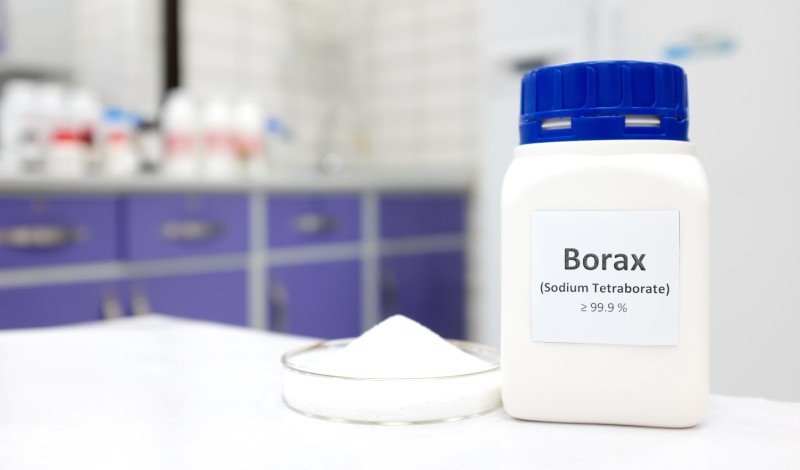
We recommend being cautious when handling borax as it is a powerful chemical that can be harmful if touched or ingested, for that reason it is necessary to use gloves and keep away from children or pets. To use borax and water, you will need to follow these steps:
- Combine – First, you’re going to mix two tablespoons of Borax powder with one gallon of warm water.
- Mop – Use a mop to stir the solution so that the powder dissolves and there are no clumps of powder. Make sure to wring the mop so there’s no excess liquid sticking to the mop.
- Wash – Start mopping the floors and apply strength to the dirtier areas of the floor. Once the floor has been mopped, go over it again one more time except for this time with warm water to rinse away the solution.
Borax works for all kinds of grime like grout, mildew, mold, and stains. But that’s not all, borax can clear away any pest issues you may have. So, if your house tends to bring in ants, roaches, spiders, or any multi-legged friend then borax will clear away these nuisances besides being a successful deep cleaning formula.
Castile Soap and Water
How can you use castile soap and water to deep clean linoleum floors?
When talking about a safe and eco-friendly way of cleaning, castile soap is rarely ever not mentioned. Made from vegetables, castile soap is less of a danger than other chemical-based floor cleaners. Whether you choose odorless or with light citrus and peppermint scent, you will find that this soap is as easy to use as dish soap when it comes to cleaning.
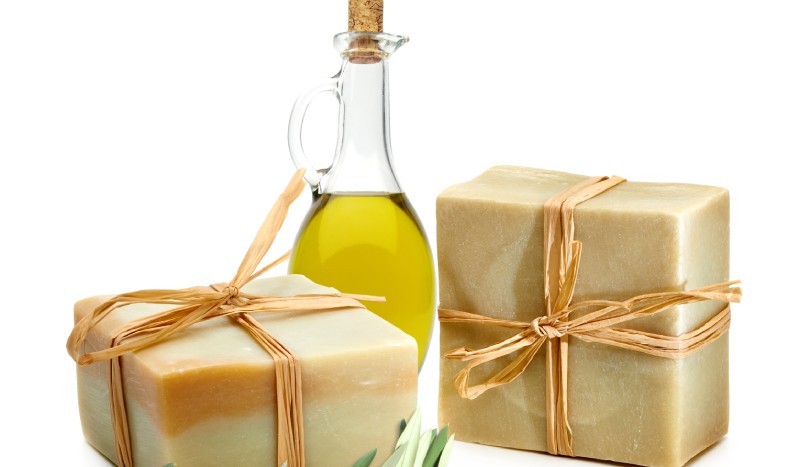
The following steps are recommended for deep cleaning with this combination:
- Combine – After you’ve obtained a bottle of castile soap, pour two tablespoons into a bucket of hot or lukewarm water.
- Mop – Take a mop and dip it into the bucket, swirl around the solution slowly so there aren’t too many suds. Once you wring the mop, go ahead and distribute the solution evenly using the mop.
- Apply pressure – Make sure to apply pressure in the mopping process so that the solution is effective. When the linoleum floor has been properly cleaned, rinse out the solution from the bucket and use clean water to mop one final time.
It may take some time for the solution to disperse completely so we suggest rinsing the floor twice. This will leave your floors looking polished and like new.
Maintenance tips for Linoleum floors
What are some helpful tips when it comes to cleaning linoleum floors?
After following this simple guide for deep cleaning linoleum floors, you’re ready to breathe new life into your interiors. However, to elongate your clean floors and emphasize their already durable nature, we suggest using the following tips and tricks to follow.
- Sweep – Although you may not think so, loose debris and dirt can hinder linoleum floors little by leaving stains or scratches. Sweeping will help avoid these small aesthetic imperfections.
- Less liquid is more – When it comes to mopping or using cleaner products, using water or liquid is almost unavoidable. In any case, we recommend using as minimal liquid as possible. Using a wrung-out mop and dry mop instead of soaking wet should help.
- Avoid ammonia – We recommend not using any ammonia-based cleaners as they can slowly damage the Ph in your linoleum flooring.
- Use warm or cool water – Do not use extremely hot water when you are mopping linoleum floors as it can result in moisture damage.
- Do not use latex or rubber-backed rugs – When it comes to using rugs to protect your floors, some homeowners invest in latex or rubber-backed rugs so that it doesn’t move. But when it comes to linoleum floors, it could stain them. Go for natural backings instead.
Now that you’re aware of what to do and what not to do when you have linoleum floors, you can keep your home looking spotless and worthy enough to impress guests or family members alike.



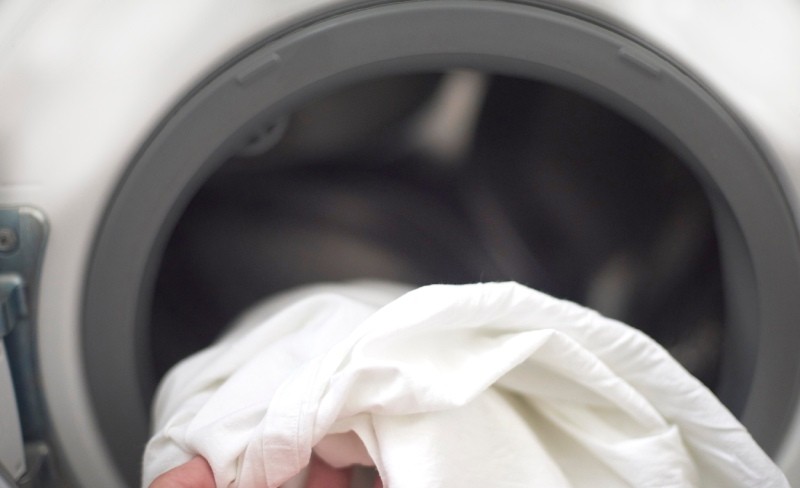
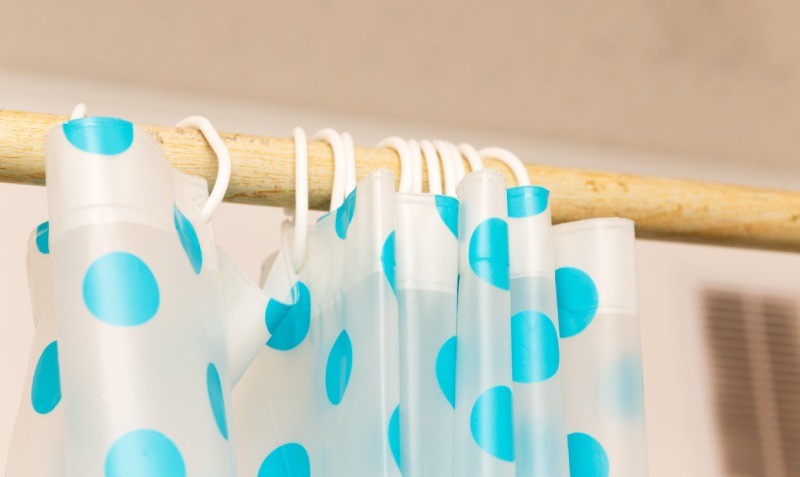
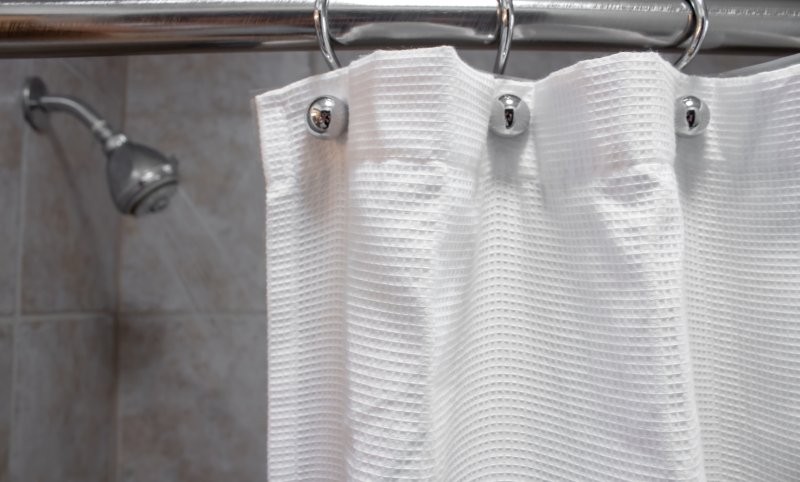
 For those who have some time before the visit, fret not, you can wash the shower curtain at the least to prep the bathroom by following these steps:
For those who have some time before the visit, fret not, you can wash the shower curtain at the least to prep the bathroom by following these steps: